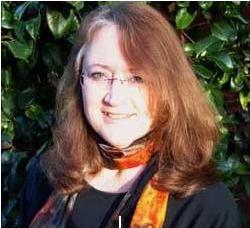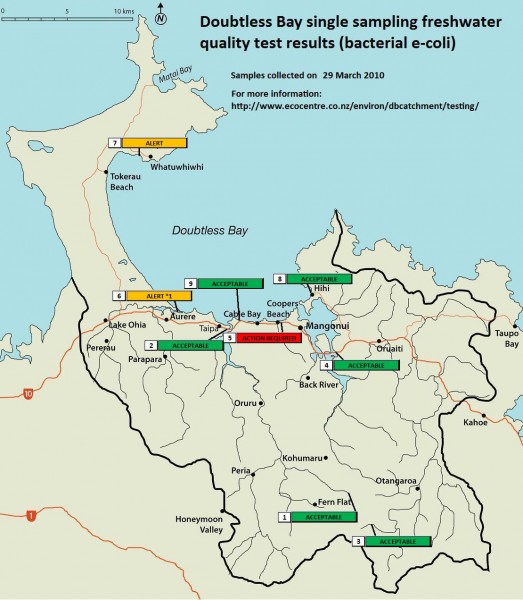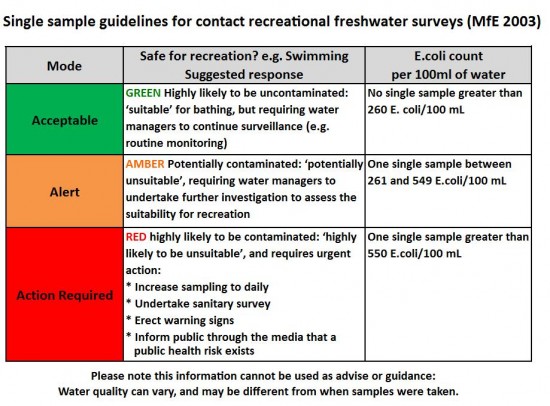Simple and easy submissions template to help improve water quality in Doubtless Bay/Far North District
Kia ora koutou
Four simple steps to improve water quality!
Water issues are on the mind of many in the Far North at present, from draught dwindling water supplies to toxic sewage treatment plant discharges.
The Local Government Act requires the Far North District Council to prepare and consult on an Annual Plan each year, and submissions for this year are currently open. The annual plan submissions process provides a great opportunity to put a greater emphasis on water management and quality in our District.
This is a bit of a numbers game, so the more submissions entered the great emphasis is placed on it.
We have tried to make this as simple as possible, so if you wish to be involved please follow these four simple steps!
Step 1: Download the Submission Form by clicking on the download link below
Step 2: Check that you agree with the submission items and print out the form (feel free to amend, add, or remove any of the items)
Step 3: Add your details and sign the form
Step 4: Either fax or deliver the completed submission form before close of business TODAY (Friday 16 April). For more information please see the form for details.
To support any of the submissions, the Far North Environment Centre will be attending the submission hearing in Kaitaia on Wednesday 5th May. To contact the Far North Environment Centre, please click here.
A summary of the submission details are:
- Ease capital expenditure requirements by improving the efficiencies of existing infrastructure: Smoke test existing reticulated storm water networks in the Doubtless Bay catchment to determine the potential impact of storm water inundation on the efficiency/compliance/management of the wastewater reticulation and treatment systems.
- Introduce rate incentives for onsite rainwater harvest/management to improve water/storm water management
- Alleviate capital expenditure requirements by improving the efficiencies of existing infrastructure: Reduce growth demands, and improve resource demand management/peak demand management by implementing water conservation and efficiency measures on potable water, storm water, and wastewater. This will have positive impacts by reducing cost and environmental impacts on resource take, reticulation, storage, use, and the final cleaning and disposal. This should be supported through planning (rainwater tanks/grey water/onsite storm water management), active community education, and action implementation. Greater emphasis needs to be placed on developers to implement actions.
- The current multi-agency water quality monitoring and reporting programme is inadequate and is failing the community. The programme has to be reviewed and improved so it becomes robust, transparent, and independent. The programme should then be utilised as a management and education tool to improve water quality.
- Support local activities to raise awareness and enact change within our communities to improve land management and water quality through the development and implementation of integrated catchment management programmes for catchments within the District.
- Wastewater discharge should not be to water, and any existing discharges should only be discharged to areas within the catchment they are generated from. Discharges need to be consistent with hapu sensitivity. A strategy and target date needs to be set to eliminate ALL wastewater and treated wastewater discharges into any water.
- Waste water treatment plant: management utilisation proactive approach rather than reactive e.g. utilise existing resource consent monitoring for proactive management to limit potential impacts
- Support the development of the community plan for the Doubtless Bay area to incorporate integrated catchment management.
- Support riparian management programmes to improve the receiving environment e.g. landowner engagement and support to remove barriers to improve land management, such as riparian management (LandSure programme)
- Investigate and advocate research into natural hazards. Improve flood management through holistic integrated catchment management programmes for catchments within the District. Improve risk management – impacts on hapu and communities, economy, farming, fisheries, tourism of degraded environment e.g. water quality, sediment management
- Develop and implement a climate change strategy to both reduce climate change potential and manage any related impacts.
- Reduce operating costs across all activities through improved and proactive management of facilities.
- Target, enforce and prosecute (where consistent offending occurs) those involved with the problem of wandering stock and illegal dumping.
- Improve the transparency in wastewater management and auditing e.g. monitoring, compliance, reporting and communicating
For more information on the Far North District Council and the submission process, please click here.










